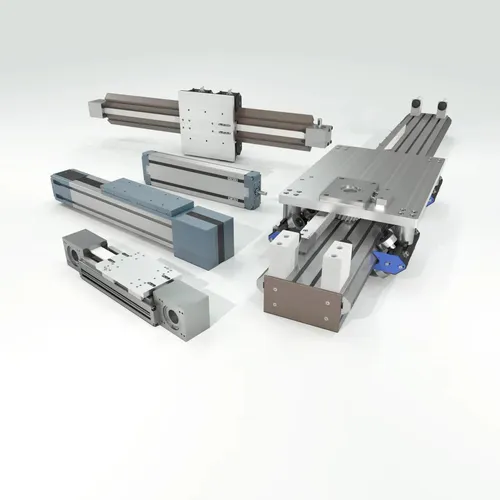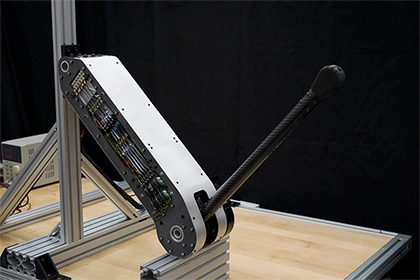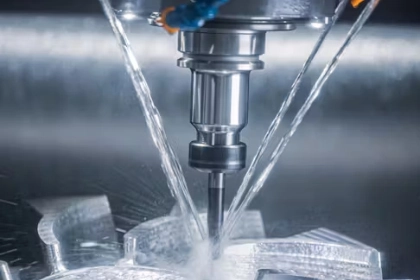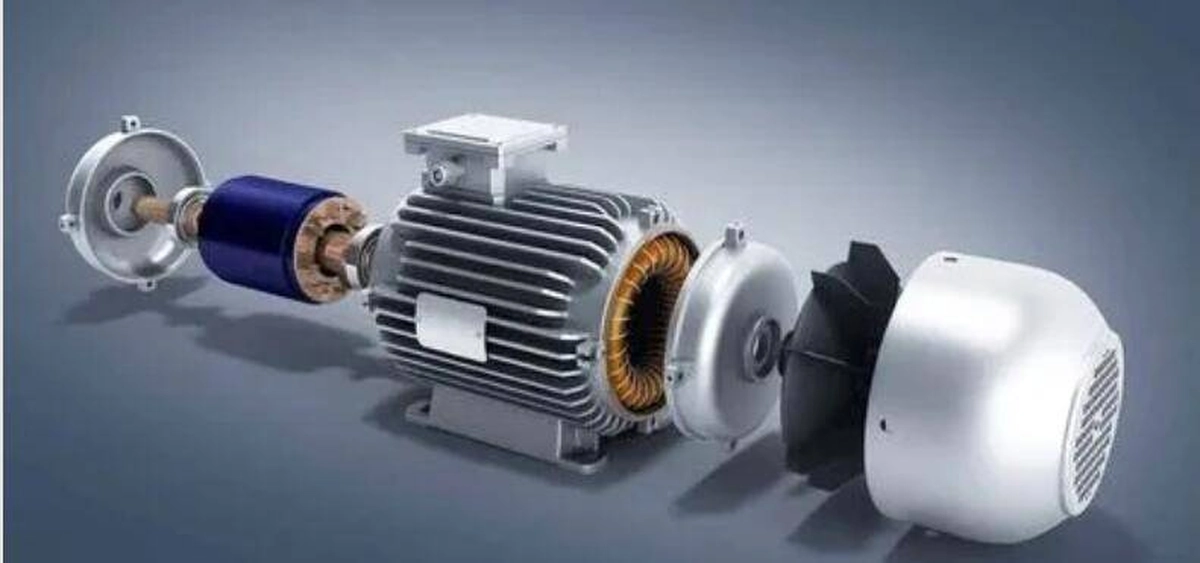- +86 19149417743
- Zhengzhou, Henan Province, China
- Mon-fri: 8am - 7pm
Get a quote

The drive system of the brakes is directly related to performance. But how do you find the most suitable drive system? To illustrate, we've picked 3 different use cases.
When choosing a linear brake, the first question asked: "What kind of drive do I need?" ”。 Linear brakes are mainly driven by belts, racks and pinions, or ball screws. The characteristics of each system are suitable for a specific application.
Lunyee offers a wide and varied range of brakes, covering each of the drive types mentioned above. Next, we'll take a closer look at three different cases, define different requirements, and evaluate the right choice for each application. Determining the right actuator for the application will achieve the best results and reduce costs.
Productivity, performance and safety: In the packaging industry, speed is everything, reduced cycle times can translate directly into economic benefits, and component reliability can lead to reduced maintenance costs and increased productivity.
To achieve high performance and production rates over limited long strokes, it is best to choose a belt solution.
The belt solution supports high-speed acceleration over travel distances of up to 10-12 meters. At the same time, the load capacity is high: The X-Y-Z gantry system with belt drive solution can cope with loads of 150/200 kg. Unlike the other two solutions, the belt drive requires no lubrication and no maintenance, which avoids costly "machine downtime". Choosing different types of brakes can lead to different results: for example, the lead screw system is too slow to cope with long strokes.
High-performance product family with extremely robust extruded aluminium profiles as structural components that provide high protection for sliding and drive systems; and the Smart System linear brake product family, which combines high performance with a simplified structure.
Both product families feature a toothed belt system. They use linear slides with recirculating balls for accelerations of up to 50 m/s2 and sliding speeds of up to 5 m/s. Both product families also offer specialized solutions for Z-axis vertical applications.
The second case concerns large gantries for pick-and-place systems, such as mobile sheet metal applications, for use in the equipment industry or for various types of production lines. The load capacity is key for such systems, and the robustness of the system, independent movement of several vertical axes along the Y axis, and travels of more than 30 m are also important.
The belt solution was limited in this case. Since the belts are made of polyurethane, the elastic deformation rate and the resulting reduction in system rigidity and accuracy after the stroke is extended must be taken into account when evaluating the application.
The belt system usually uses a single motor, and the belt is driven by a motor head, which moves the different carriages and the corresponding vertical axes completely synchronously.
The Y-axis, which is driven by rack and pinion, remains rigid in potentially unlimited travel and can move each carriage independently. For these reasons, rack and pinion drives are the best choice for such large gantics, especially the Y-axis.
Depending on the application, Lunyee's range of brakes from the Tecline family is fitted with induction-hardened helical racks and pinions, linear slides with recirculating ball bearings or trapezoidal slides with rollers. Extruded aluminium profiles with different cross-sections of different sizes up to 360 mm are also used. These systems can handle loads of up to 1000 kg and can be easily configured with brakes (belt drives) from the Modline family to form a gantry system.
Precision is undoubtedly a major characteristic of systems used to assemble small components, such as in the semiconductor industry. Positioning and repeatability need to be accurate enough to make the assembly system efficient and able to meet high quality requirements over time.
In addition, the precision in the semiconductor industry must be extremely high (tolerances of two decimal places). The ideal choice for this solution is to be equipped with a ball screw drive.
Lunyee's Precision System family offers several linear brake models for high-precision translation. These systems feature anodized extruded aluminium profiles with recirculating ball linear guides and are driven by lead screws with recirculating ball bearings for 10 μ positioning accuracy and ±5 μ repeatability accuracy. For better performance, all mounting and reference surfaces need to be finished.
There is no doubt that no belt or rack and pinion drive system can achieve this level of precision.
 2024-08-30 16:01:40
Engineering
2024-08-30 16:01:40
Engineering
 2024-07-26 14:09:13
Engineering
2024-07-26 14:09:13
Engineering
 2024-07-18 09:42:00
Engineering
2024-07-18 09:42:00
Engineering